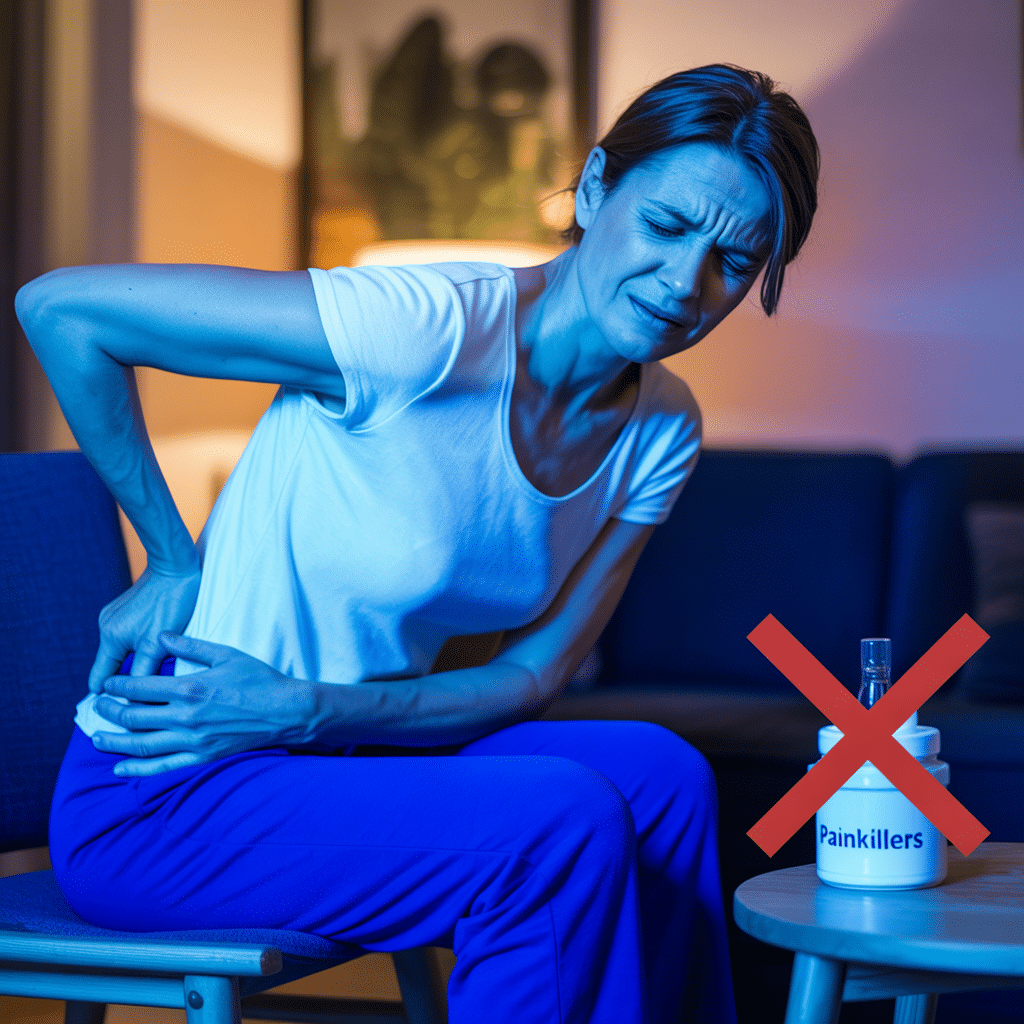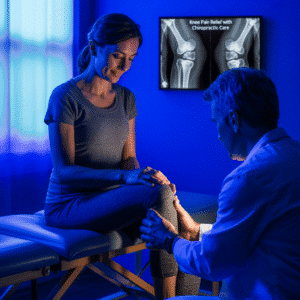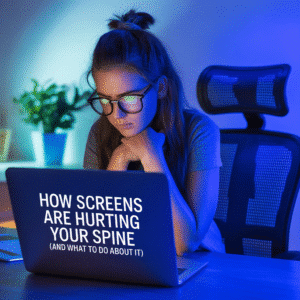We’ve made it!
After a 12-hour mammoth journey, we’ve finally arrived in Begur, North Spain for the summer holidays. It’s been worth every second the sun’s shining, the beaches are beautiful, and the first couple of days have been brilliant.
I had my bike delivered (yes, organised for once), and I’ve already squeezed in two solid rides. I’m setting myself a cycle a day for 30 days challenge. I have entered a middle distance triathlon on 7th September and I’m very under prepared.
A huge congratulations to the Lionesses as well what an achievement to retain their Euro title. We listened to the final on the radio while coming back from Norfolk, and I can confirm it was very tense in the car. Incredible work from a world class team.
Also, thank you to everyone who joined me for the Decompression Workshop on Monday. It was great to see you all I’ll let you know the date for the next one soon.
Now, let’s talk about hip pain and more importantly, how to actually fix it.
Hip pain can be stubborn whether it’s a deep ache in the joint, groin pain when walking, or stiffness after sitting too long. A lot of people think surgery or medication is the only answer, but the latest research is pointing to some exciting and drug-free solutions.
1. Exercise Is Still King- But With a Twist
A 2025 trial published in The Lancet Rheumatology looked at whether adding aerobic exercise to strength training made any difference for people with hip osteoarthritis (Hall et al., 2025)
The result?
Yes and a big one.
The group that combined resistance and aerobic training had better pain relief, better function, and more day-to-day confidence than those doing strength work alone.
The takeaway here is simple:
Get strong AND get your heart rate up cycling, walking, swimming it all helps. But combine it with some resistance exercise, using bands or light weights. This is why I love walking with a weighted backpack so much, best of both worlds.
£2. Self-Management Works Too
Another trial this year looked at something called the OA CARE model basically a structured physio programme combined with self-management tools (Allen et al., 2025).
Instead of relying on GP appointments or prescriptions, patients were taught how to:
- Manage their own activity levels
- Make smarter daily movement choices
- Build strength and balance
This group had better pain control, better mobility, and better quality of life than the standard care group.
Empowerment beats dependency and we see this all the time in clinic.
£3. Laser Therapy for Post-Surgery Recovery
If you’ve had a hip replacement or are planning one, there’s something called Photobiomodulation Therapy (PBMT) a fancy name for low-level laser therapy.
A triple-blind, placebo-controlled trial found it significantly (Wasilczyk et al., 2025):
- Reduced pain intensity
- Reduced inflammation
- Helped speed up recovery
This is a non-invasive, side-effect-free option that’s starting to be used more in post-op rehab one to watch if you’re in recovery. But the findings suggest that more research could be done on laser therapy for osteoarthritic hips where the patient does not want to have surgery. I would like to see that as well as a lot of you I see come to West Chiro to avoid surgery.
4. Regenerative Treatments Are Coming Fast
There’s some cutting-edge stuff on the horizon:
NSBT (Nanosurgery + Bioengineered Protocols)
Think of this as joint repair without replacement. One clinical study showed:
- Pain reduced significantly
- Hip function scores improved from 56.4 to 93.0
- Mobility (especially flexion and rotation) returned
Early days, but promising results for people trying to avoid full hip surgery.
Intra-Articular Hydrogel & Biologic Therapies (Ortholazer 2022)
These are injected directly into the joint and aim to:
- Reduce inflammation
- Regenerate cartilage
- Avoid systemic medication side effects
Still under study, but results are showing strong local effects with minimal risk.
What This All Means For You
Whether you’re in early stage arthritis or struggling post surgery, the best path forward is usually a combination of:
? Smart, structured movement (strength + cardio)
? Self-guided rehab strategies (we can help you with that, we have a new rehabilitation specialist starting soon called Emma.)
? Supportive tools like bracing or rehab therapies
? Exploring non-invasive options before jumping to surgery
And as always the sooner you act, the better the outcome. Don’t wait until you’re limping to get started.
References
Allen et al., 2025-Optimizing osteoarthritis care through clinical and community partnership Results of an exploratory trial
Hall et al., 2025-Addition of aerobic physical activity to resistance exercise for hip osteoarthritis (PHOENIX): a randomised comparative effectiveness trial
Wasilczyk et al., 2025-Nanosurgery and Bioengineered Regenerative Protocols for the Treatment of Hip Osteoarthritis: A Double-Blind Randomized Controlled Trial as an Alternative to Surgical Hip Replacement
Ortholazer 2022-Photobiomodulation therapy (PBMT) on acute pain and inflammation in patients who underwent total hip arthroplasty’a randomized, triple-blind, placebo-controlled clinical trial
If you are wanting to chat more about the information above then why not book a call with me and we can go into more detail? Click here to book or if you want to get an assessment then Book a consultation with a Chiropractor here
If you do know someone who wants more advice, please send them our details. You can send them this assessment as well to diagnose their back pain. It is a great tool to understand where your back pain is coming from, it is free and takes 60 seconds. Click here for assessment


